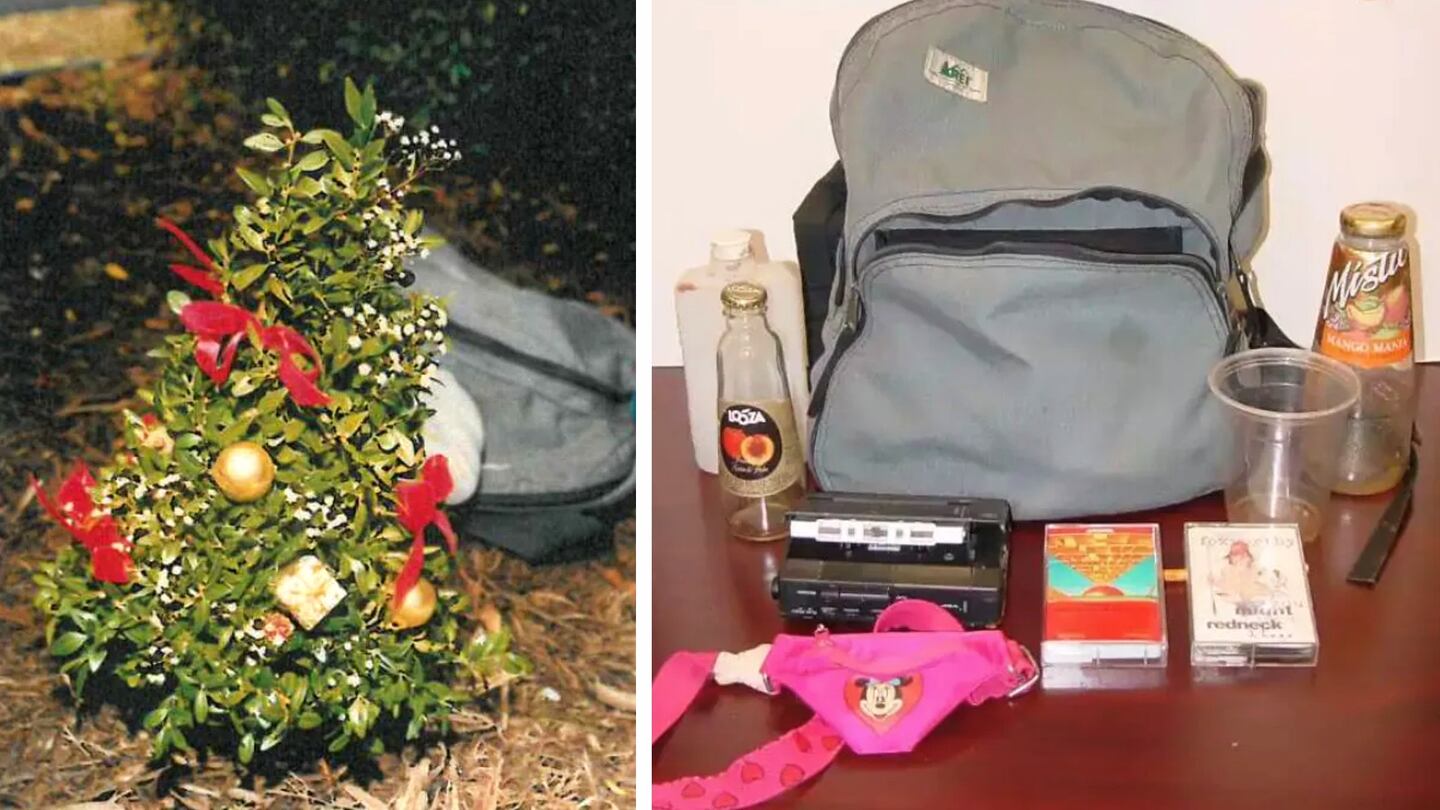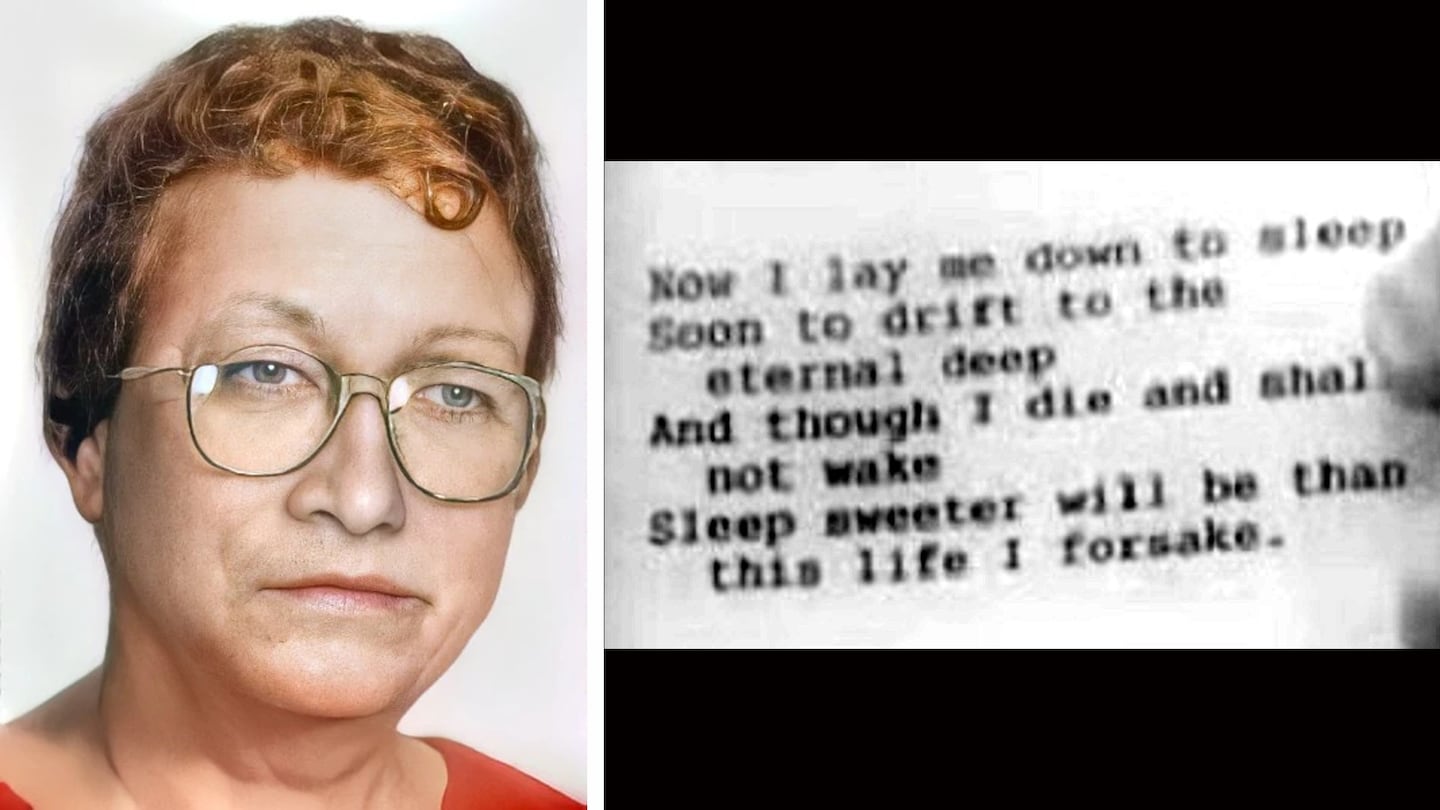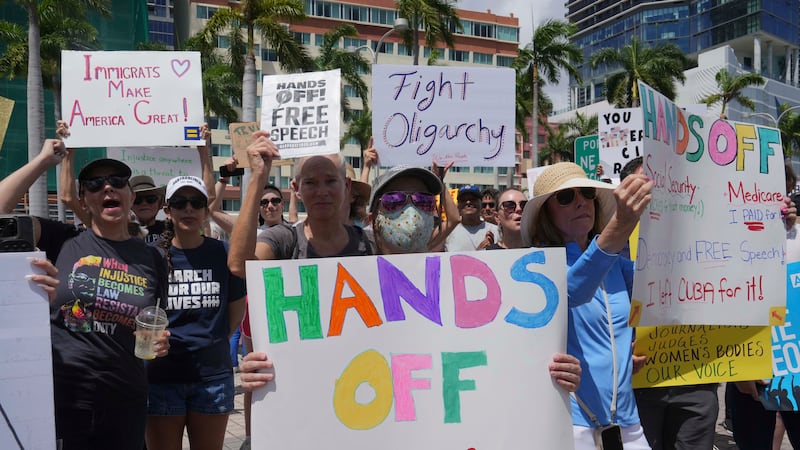ANNANDALE, Va. — Editor’s note: The following story mentions suicide.
When a groundskeeper at a Virginia cemetery stumbled upon the body of a woman — and an eight-inch Christmas tree — near some infant graves in December 1996, Fairfax County investigators were left with an enduring mystery.
That mystery has been solved after genetic genealogists from Othram Inc. used DNA from the woman, who had taken her own life, to trace her family tree. On Thursday, Fairfax County Police Department cold case detectives announced that the woman known for more than 25 years as the “Christmas Tree Lady” has been identified.
Joyce Marilyn Meyer Sommers, 69, had distanced herself from her family, detectives told The Washington Post. The oldest of five siblings, Sommers grew up in Davenport, Iowa.
Cold case detectives solve 25-year mystery. https://t.co/hsy7ZYycHD #FCPD pic.twitter.com/BcLSqkqNhA
— Fairfax County Police (@FairfaxCountyPD) July 7, 2022
No one knows why Sommers took her own life that December, or why she chose Pleasant Valley Memorial Park in Annandale as the place in which she wished to take her last breath. It was clear from the scene, however, that she put a lot of thought into how she would die.
“I was stunned. Just stunned,” Sommers’ sister, Annette Meyer Clough, told the Post. “The family had looked for her. They were still looking for her a year after she had died.”
Though the news about her sister was difficult, Clough said it was also good to know what had become of her.
“I am relieved to know that something horrible didn’t happen to her,” Clough said. “It sounds like something she’d been planning for a long time.”
‘Now I lay me down to sleep’
According to police, officers were called Dec. 18, 1996, to Pleasant Valley Memorial Park after a worker found a woman’s body lying on the ground next to a small, decorated Christmas tree.
The woman, who was nicely dressed in a red silk shirt and blue sweater, blue knit pants and a teal, all-weather Eddie Bauer hooded jacket, had spread out a clear plastic sheet and placed the tree on top of it, the Post reported in 2000. She had apparently laid down, turned on a tape player and begun listening to a comedy cassette through a hair of headphones.
The woman produced from her backpack a plastic bag and masking tape. With the tape, she secured the bag over her freshly done auburn hair, the newspaper stated.
Then she died.
The woman’s body was still warm when she was found shortly after 9 a.m. that day, the Post reported.
Two envelopes were in the woman’s pocket, according to police and Othram, a Texas-based forensic genealogy company. One envelope held two $50 bills, one for the coroner and the other for the cemetery.
The second envelope held a couple of typewritten notes.
“Now I lay me down to sleep, soon to drift to the eternal deep,” the first note read, according to the Doe Network. “And though I die and shall not wake, sleep sweeter will be than this life I forsake.”
The second note gave instructions for her final arrangements.
“Deceased by own hand. Prefer no autopsy. Please order cremation, with funds provided. Thank you, Jane Doe,” the note read.
The coroner determined that the woman died of suffocation, but that no foul play was involved. She had Valium and brandy in her system, with a blood alcohol concentration of 0.14.
A brandy flask was found, and her backpack also held two empty juice bottles, according to the Post.
Her death was ruled a suicide.
“Detectives from Fairfax County Police Department’s cold case squad spent years tracking down clues about the woman known only as “Christmas Tree Lady,” according to a news release from Othram. “They compared her physical description to numerous missing persons cases in the national capital region but were unable to find a match.
“In 2000, a colorized sketch of the woman was produced in hopes that it might be recognized by friends or family, but the sketch did not produce leads to her identity.”
Richard Perez, who was one of the Fairfax County detectives assigned to the case, told the Post in 2000 that the cemetery Jane Doe case was particularly frustrating because of the condition of her body when she was found.
“What makes it so frustrating is that this isn’t a case where we’re dealing with skeletal remains. This is a lady that somebody should recognize,” Perez said at the time.
For more than two decades, the woman remained unidentified. In recent years, however, genetic genealogy has become a game-changing technology for law enforcement agencies across the country.
Cold case investigators began working with Othram earlier this year.
“In January 2022, Fairfax Police Department detectives sent physical evidence to Othram, and Othram scientists used forensic-grade genome sequencing to develop a comprehensive genealogical profile for the unknown woman,” Othram officials said. “Othram worked with forensic genetic genealogist Carla Davis to execute the genealogical search and perform the research necessary to produce investigative leads.”
She died and became the ‘Christmas Tree Lady.’ Now we know her name. https://t.co/8Wrtiw6kSh
— Carla Davis (@CarlaDavisDNA) July 8, 2022
In May, those leads were given to detectives, who tracked down a suspected family member of the unidentified woman. David Meyer, 88, of Virginia Beach, is one of Sommers’ two brothers.
Meyer was unable to say for certain that it was his sister in the composite drawing detectives showed him, however. It had been 50 years since he had laid eyes on her.
Investigators then went to the only other remaining Meyer sibling: Clough, who lives near Phoenix, the Post reported.
Clough told them the sketch was “1,000%” her older sister.
DNA testing proved Clough right.
Honored to have been able to assist @edocarroll & @FairfaxCountyPD in identifying the "Christmas Tree Lady" Jane Doe as 69-year-old Joyce Sommers. Her family spent years looking for her and even hired a PI to find her.https://t.co/VmK3LVSjwO#dnasolves #runtheDNA
— Othram Inc. (@OthramTech) July 7, 2022
Clough told investigators that her older sister had been gone from the family’s lives since the 1980s. After attending Iowa State University, Sommers moved to Los Angeles for a job at Seventeen magazine.
“She was very creative and very smart,” Clough told the newspaper. “She was artistic.”
In the 1950s, Sommers began teaching second grade at a Catholic school, where she struggled without a background in education.
“She was very meticulous, staying up until the wee hours to do lesson planning,” Clough recalled.
Around that same time, Sommers began seeing a psychiatrist, a move that ultimately divided the family, Clough explained.
“At that time, psychoanalysis was all about blaming the family, blaming the mother,” she said. “It sort of estranged her from the family.”
A confrontation with their mother in the 1960s further fractured Sommers’ family ties.
>> Read more true crime stories
Though Clough continued to write to Sommers, the older of the two rarely said much in reply. She eventually moved to Seattle, where she married a man named James Sommers.
The couple divorced in 1977, the Post reported.
From Seattle, Sommers went to Tucson, Arizona, where she lived in a trailer park. All four of her younger siblings traveled to visit her in the 1980s, at which point Sommers asked that they build her a house.
The family was incapable of helping her, which upset Sommers.
“After that visit, she dropped off the face of the Earth,” Clough told the paper.
Her brothers and sisters tried into the 1990s to locate Sommers, including hiring a private detective, but had no luck. The family received no word of her whereabouts until Meyer was contacted this year by cold case investigators.
“The way she planned it out, that was her,” Clough said. “She was very careful. We couldn’t find her.”
Like Othram’s other cases, the search for the “Christmas Tree Lady’s” identity was funded by private donors.
Fairfax County police Maj. Ed O’Carroll, who heads the department’s Major Crimes, Cyber & Forensics Bureau, praised the work of cold case investigators and the genetic genealogists who aided their search.
“After decades of wondering what happened to their loved one, Joyce’s family is finally at peace thanks to the dedicated work of several generations of FCPD detectives, anonymous donors and Othram,” O’Carroll said in a statement. “Our detectives never stopped working for Joyce and her family.”
If you or someone you know needs help, call the National Suicide Prevention Lifeline at 800-273-TALK (8255). The Crisis Text Line also provides free, 24/7, confidential support via text message to people in crisis when they text to 741741.
©2022 Cox Media Group









